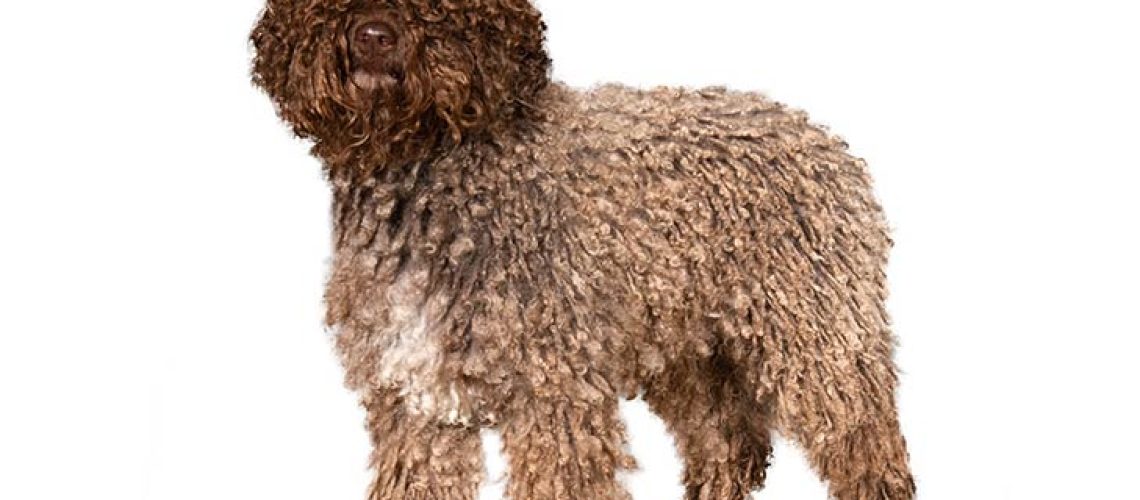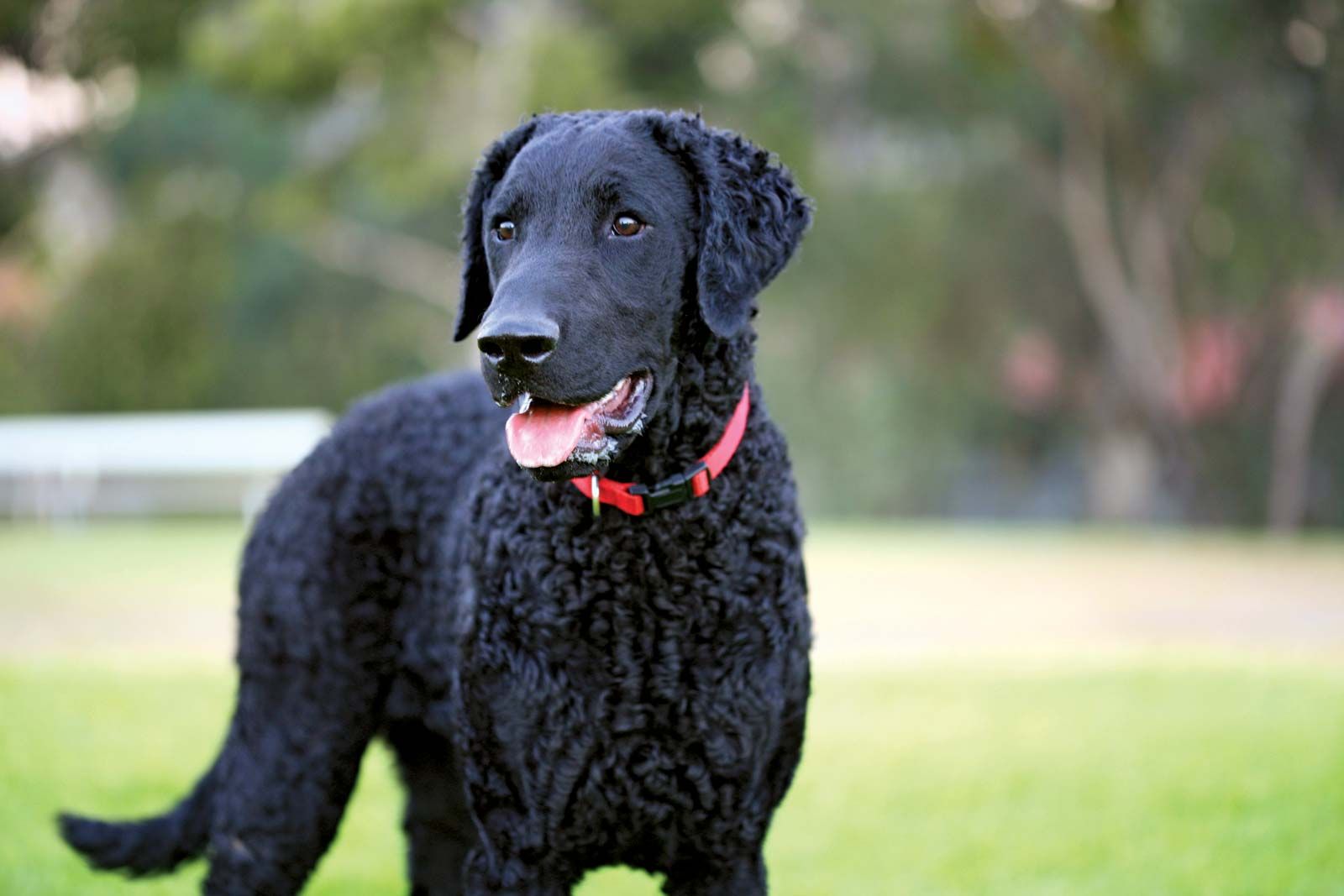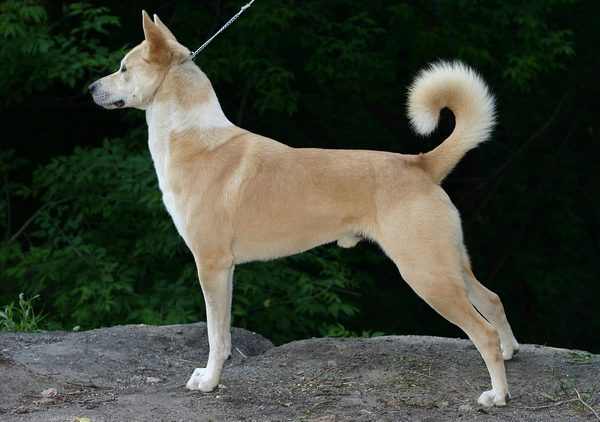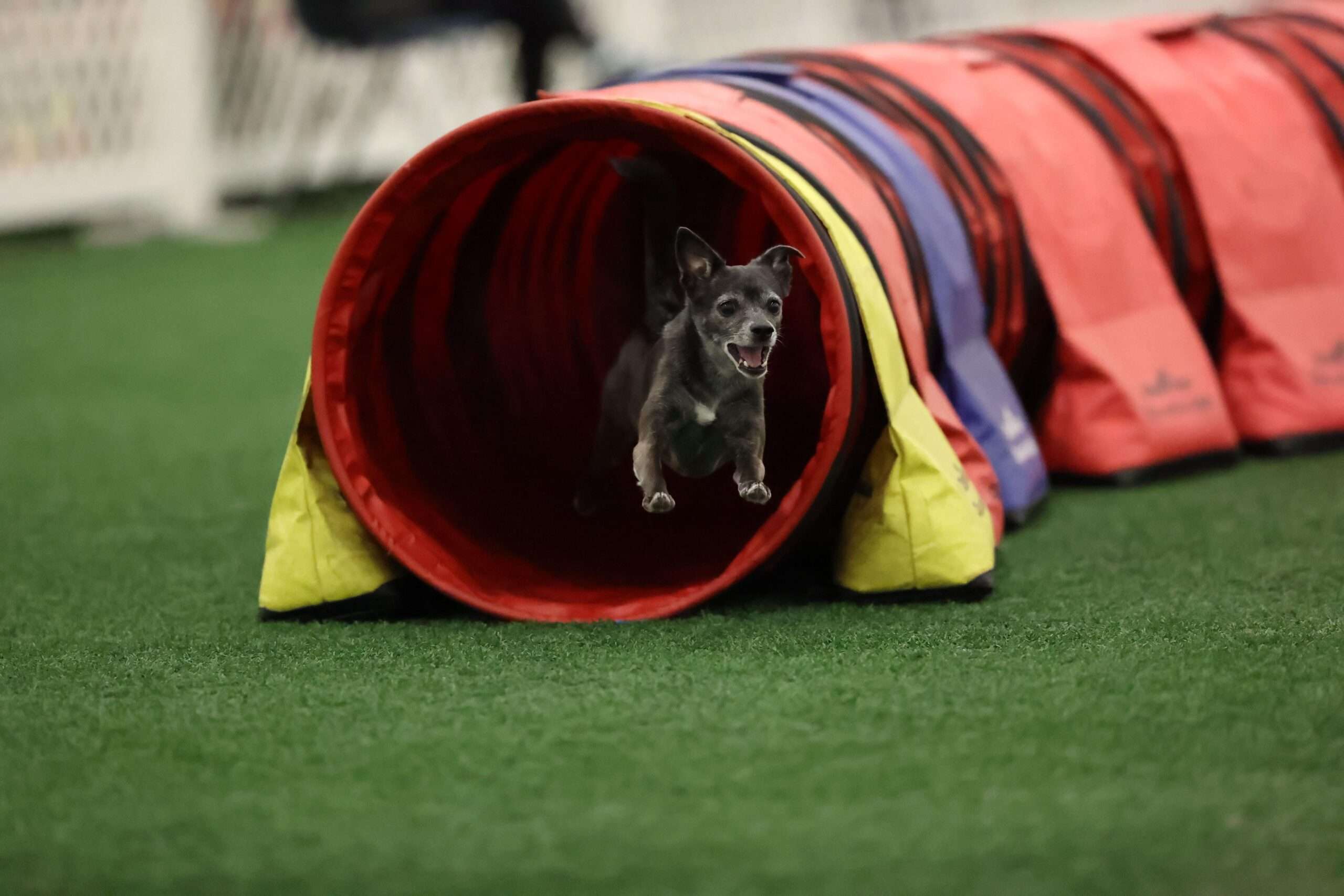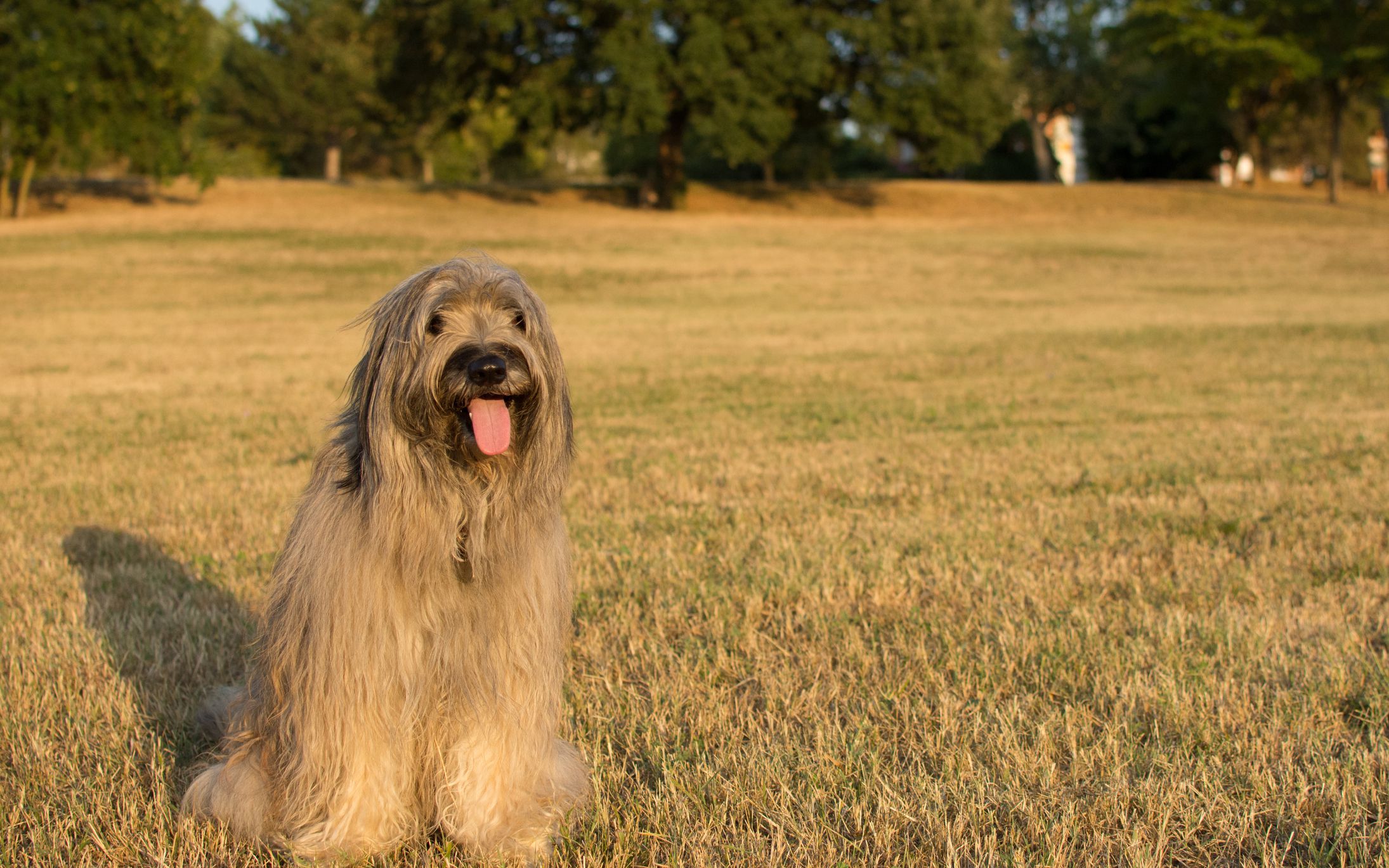Key Takeaways:
- The Spanish Water Dog is a medium-sized, energetic breed known for its curly, non-shedding coat.
- They are highly intelligent and trainable, making them suitable for various activities such as obedience training and agility trials.
- Regular grooming is essential for this breed to prevent matting and maintain a healthy coat.
- Spanish Water Dogs require ample exercise to keep them physically and mentally stimulated.
- Proper socialization from an early age is crucial to ensure they get along well with other animals and people.
Are you curious about the Spanish Water Dog? This fascinating breed is known for its unique characteristics and requires special care. Whether you're a dog lover or simply interested in learning more about different breeds, delving into the world of the Spanish Water Dog can be incredibly rewarding. Understanding this topic is essential if you want to provide the best care for these wonderful creatures. In this article, we will explore the breed's characteristics and offer tips on how to properly care for them. So, let's dive in and discover all there is to know about the Spanish Water Dog!
Unique Characteristics of the Spanish Water Dog Breed
The Spanish Water Dog is a unique and versatile breed with several distinguishing characteristics. One of their most notable features is their curly or wavy coat, which helps protect them from the cold water they often work in. This dense and waterproof coat also allows them to swim for long periods without getting weighed down. Additionally, their webbed feet enable them to paddle efficiently through the water.
Another characteristic that sets the Spanish Water Dog apart is their intelligence and trainability. They are highly adaptable and can be trained for various tasks, such as herding livestock or assisting fishermen. Their natural instinct to work alongside humans makes them excellent companions for those who lead an active lifestyle.
The Role of the Spanish Water Dog's Coat in their Working Abilities
The unique coat of the Spanish Water Dog plays a crucial role in their working abilities. Their dense and curly fur provides insulation, keeping them warm even in cold water conditions. The curls in their coat help trap air close to their body, creating a layer of warmth to protect them from chilly temperatures.
Additionally, the texture of their coat serves as a protective barrier against debris and sharp objects while they are working. The thick hair helps prevent scratches or cuts that could occur when navigating through rough terrain or swimming in areas with potential hazards.
Caring for and Grooming a Spanish Water Dog
Caring for a Spanish Water Dog involves regular grooming to maintain the health and appearance of their unique coat. Brushing should be done at least once a week to prevent matting and tangling. It's essential to use a comb with wide teeth that can easily glide through their curly hair.
In addition to brushing, occasional trimming may be necessary to keep the coat at an appropriate length. Trimming the hair around their eyes and paws helps prevent irritation and keeps their vision clear. Regular bathing is also essential to keep their coat clean and free from dirt or debris.
Spanish Water Dogs: Are They Good with Families and Children?
Spanish Water Dogs are known for their friendly and affectionate nature, making them excellent companions for families and children. They are generally patient and tolerant, which is important when interacting with young children who may be more energetic or prone to accidental rough play.
However, it's crucial to supervise interactions between Spanish Water Dogs and young children to ensure both parties are comfortable. Early socialization and training can help establish positive behavior patterns and ensure a harmonious relationship between the dog and the family.
The Exercise Needs of a Spanish Water Dog
Spanish Water Dogs are an active breed that requires regular exercise to stay happy and healthy. They have high energy levels, so daily physical activity is essential in order to prevent boredom or destructive behaviors.
Engaging in activities such as long walks, runs, or playing fetch can help meet their exercise needs. They also excel in various dog sports like agility or obedience trials, which provide mental stimulation along with physical exercise. Providing opportunities for both mental and physical stimulation will help keep a Spanish Water Dog content.
Common Health Issues in Spanish Water Dogs
While generally a healthy breed, there are a few health issues that can affect Spanish Water Dogs. One common problem is hip dysplasia, a condition where the hip joint doesn't develop properly. This can cause discomfort or difficulty in movement. Regular check-ups with a veterinarian can help detect this condition early on.
Epilepsy is another health issue that may be seen in some Spanish Water Dogs. It causes seizures that can vary in severity. If a dog shows any signs of seizures, it's important to seek veterinary care for proper diagnosis and management.
Finding a Reputable Breeder for a Spanish Water Dog
When looking for a Spanish Water Dog, it's essential to find a reputable breeder who prioritizes the health and well-being of their dogs. Researching breeders online and reading reviews can provide insight into their reputation. It's also beneficial to visit the breeder in person to see how they care for their dogs and ensure they have a clean and safe environment.
A good breeder will be knowledgeable about the breed, answer any questions you may have, and provide necessary health clearances for the puppies. They should also be willing to show you the puppy's parents and provide references from previous buyers. Taking the time to find a reputable breeder will increase the chances of finding a healthy and well-adjusted Spanish Water Dog.
Unique Characteristics of the Spanish Water Dog Breed
The Spanish Water Dog is a medium-sized breed known for its distinctive curly coat and webbed feet. These dogs were originally bred in Spain for herding and retrieving tasks, making them highly intelligent and trainable. One unique characteristic of this breed is their versatility - they excel not only in water activities but also in various dog sports such as agility and obedience trials.
Another notable trait of the Spanish Water Dog is their strong work ethic. They are diligent workers who are always eager to please their owners. This breed is also known for their friendly and affectionate nature, making them great companions for families or individuals looking for a loyal pet.
Coat Colors and Patterns
The Spanish Water Dog's coat comes in a variety of colors, including black, brown, beige, and white. Some dogs may even have multi-colored coats with patches or spots. The texture of their coat is woolly and dense, providing excellent protection against cold weather or water.
Hypoallergenic Qualities
One remarkable feature of the Spanish Water Dog's coat is its hypoallergenic properties. Their non-shedding coat makes them an ideal choice for individuals with allergies or asthma. However, it's important to note that regular grooming is necessary to prevent matting and keep their coat healthy.
To maintain their unique coat, regular brushing is required to remove any tangles or debris. Additionally, professional grooming every few months helps to trim the hair and keep it at an appropriate length.
Overall, the Spanish Water Dog stands out due to its versatile abilities, friendly temperament, and unique curly coat that sets it apart from other breeds.

The Role of the Spanish Water Dog's Coat in their Working Abilities
The Spanish Water Dog's coat plays a crucial role in their working abilities, especially when it comes to water-related tasks. Their dense and curly coat provides insulation, keeping them warm even in cold water. Additionally, the texture of their coat helps to repel water, allowing them to swim efficiently.
The webbed feet of the Spanish Water Dog also contribute to their excellent swimming skills. The webbing between their toes helps them paddle through the water with ease and agility. This makes them highly proficient in tasks such as retrieving objects from the water or herding livestock near bodies of water.
Moreover, the Spanish Water Dog's coat serves as protection against thorny bushes or rough terrain when they are working on land. The thick hair shields their skin from potential injuries or irritations.
In conclusion, the unique characteristics of the Spanish Water Dog's coat make them well-suited for various working activities both in and out of the water.
Caring for and Grooming a Spanish Water Dog
Caring for a Spanish Water Dog involves regular grooming to maintain their distinctive coat and overall health. Brushing their curly hair at least once a week is essential to prevent matting and tangling. It is recommended to use a slicker brush or comb specifically designed for dogs with curly coats.
To keep their ears clean and free from infections, regular ear cleaning should be part of the grooming routine. Using a veterinarian-approved ear cleaner and gently wiping away any dirt or debris will help prevent issues.
Trimming nails regularly is also important for a Spanish Water Dog's comfort and mobility. Overgrown nails can cause discomfort or even lead to joint problems over time. If you are unsure about nail trimming, consulting a professional groomer or veterinarian is advisable.
Bathing frequency depends on individual needs but generally should be done every 4-6 weeks using a mild dog shampoo. It is crucial to thoroughly dry their dense coat after bathing to prevent skin issues.
Lastly, dental hygiene is crucial for overall health. Regular teeth brushing with a dog-friendly toothpaste helps prevent tartar buildup and gum disease.
By following these grooming practices and providing regular care, you can ensure that your Spanish Water Dog remains healthy, comfortable, and looking their best.
Spanish Water Dogs: Are They Good with Families and Children?
Spanish Water Dogs are known to be excellent family dogs due to their friendly and affectionate nature. They form strong bonds with their human family members and are particularly patient and gentle with children. Their playful demeanor makes them great companions for kids of all ages.
One important aspect to consider is early socialization. Introducing the Spanish Water Dog to different people, environments, and situations from a young age helps them develop into well-rounded dogs who are comfortable in various settings. This breed's adaptability allows them to thrive in different family dynamics, whether it's a bustling household or a quieter environment.
It's important to note that like any dog breed, supervision is necessary when interacting with young children to ensure both the child's safety and the dog's comfort. Teaching children how to properly approach and interact with dogs is essential for fostering a positive relationship between them.
In summary, Spanish Water Dogs make wonderful additions to families as they are loving, patient, and enjoy being part of the pack.
The Exercise Needs of a Spanish Water Dog
The Spanish Water Dog is an active breed that requires regular exercise to stay happy and healthy. These dogs have high energy levels and thrive when given opportunities for physical activity.
A daily exercise routine should include activities such as brisk walks or jogs, interactive play sessions, or engaging in dog sports like agility or obedience training. Mental stimulation is also important for this intelligent breed - puzzle toys or training sessions that challenge their problem-solving abilities can help keep them mentally sharp.
Due to their history as working dogs, Spanish Water Dogs excel in various canine sports and activities. Their agility, endurance, and willingness to learn make them ideal candidates for activities that involve obedience, tracking, or retrieving.
It's important to note that exercise needs may vary depending on the individual dog's age, health, and overall energy levels. Consulting with a veterinarian can help determine an appropriate exercise plan tailored to your Spanish Water Dog's specific needs.
In conclusion, providing regular exercise and mental stimulation is crucial for a Spanish Water Dog's well-being and helps prevent behavioral issues that may arise from pent-up energy.
Common Health Issues in Spanish Water Dogs
While the Spanish Water Dog is generally a healthy breed, like any other dog breed, they can be prone to certain health issues. Being aware of these potential concerns allows owners to take proactive measures for their dog's well-being.
One common health issue in Spanish Water Dogs is hip dysplasia. This condition occurs when the hip joint doesn't develop properly, leading to discomfort or even lameness. Regular veterinary check-ups and maintaining a healthy weight can help minimize the risk of hip dysplasia.
Another condition that may affect this breed is progressive retinal atrophy (PRA), which causes gradual vision loss over time. Genetic testing before breeding can help identify carriers of PRA and prevent passing it on to future generations.
Additionally, autoimmune disorders such as hypothyroidism or Addison's disease have been observed in some Spanish Water Dogs. Regular blood tests can aid in early detection and management of these conditions if they occur.
Maintaining a nutritious diet, providing regular exercise, and scheduling routine veterinary visits are essential for keeping your Spanish Water Dog healthy throughout their life.
Finding a Reputable Breeder for a Spanish Water Dog
When looking for a reputable breeder for a Spanish Water Dog, it's important to do thorough research to ensure you are getting a healthy and well-bred puppy. Here are some key steps to finding a reputable breeder:
1. Start by seeking recommendations from local breed clubs or trusted veterinarians who may have knowledge of reputable breeders in your area.
2. Visit the breeder's facility or home to assess the living conditions of the dogs. A responsible breeder will prioritize the health and well-being of their dogs, providing them with a clean and safe environment.
3. Ask the breeder about health testing they perform on their breeding dogs. Responsible breeders will conduct relevant health tests to ensure they are producing puppies free from genetic diseases.
4. Inquire about the socialization practices implemented by the breeder. Puppies that have been exposed to various stimuli and experiences from an early age tend to develop into well-adjusted adult dogs.
5. Request references from previous puppy buyers to get insights into their experience with the breeder and the quality of their puppies.
6. A reputable breeder will provide you with documentation such as health records, pedigree papers, and a contract outlining responsibilities for both parties.
Remember, finding a reputable breeder may require patience and time, but it is crucial for acquiring a healthy and ethically bred Spanish Water Dog puppy that will bring joy to your life for years to come.
In conclusion, the Spanish Water Dog is a friendly and intelligent breed that requires regular grooming and exercise. With proper care and attention, they can make great companions for families or individuals who are willing to meet their needs.
Are Spanish Water Dogs high maintenance?
Taking care of Spanish Water Dogs does not require much grooming, even though they have long, curly coats. These dogs are intelligent and can be trained easily, but they are also very active and need both mental and physical stimulation. Spanish Water Dogs have special wooly coats that should not be brushed or combed.
What is the personality of a Spanish Water Dog?
The Spanish Water Dog is a smart and friendly breed that enjoys being active and working. They make great companion dogs and can be trained for various tasks and sports.
Do Spanish Water Dogs make good pets?
The SWD is definitely a breed worth the investment! With plenty of exercise, mental stimulation, proper training, and an owner who knows what they're doing, this dog is incredibly loving, energetic, and loyal. They will thrive in an active lifestyle and will be your most faithful companion for life.
What are the health issues with Spanish Water Dogs?
The Spanish Water dog may have a higher likelihood of developing certain health issues, including Canine Hip Dysplasia, Allergies, Hypothyroidism (both acquired and congenital), Exocrine Pancreatic Insufficiency, Progressive Retinal Atrophy, Cataracts, and Distichiasis.
Can a Spanish Water Dog be left alone?
These dogs do not handle being left alone for extended periods of time, so many owners choose to train them to be comfortable in a crate to prevent any damage to the home. The SWD has a strong desire to learn and work, and they easily become bored. They require more than just one daily walk to keep them mentally stimulated and satisfied.
How much walking does a Spanish Water Dog need?
Spanish Water Dogs are a lively and energetic breed that need regular physical and mental stimulation through exercise. They have high exercise requirements and should ideally receive 1.5 to 2 hours of exercise daily.



